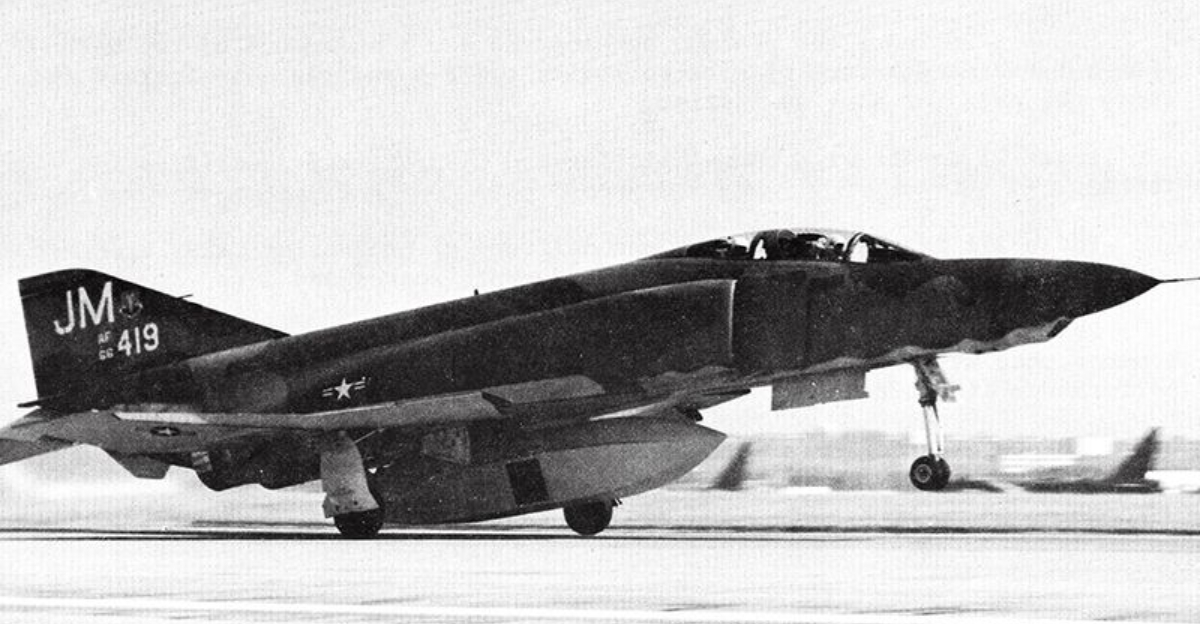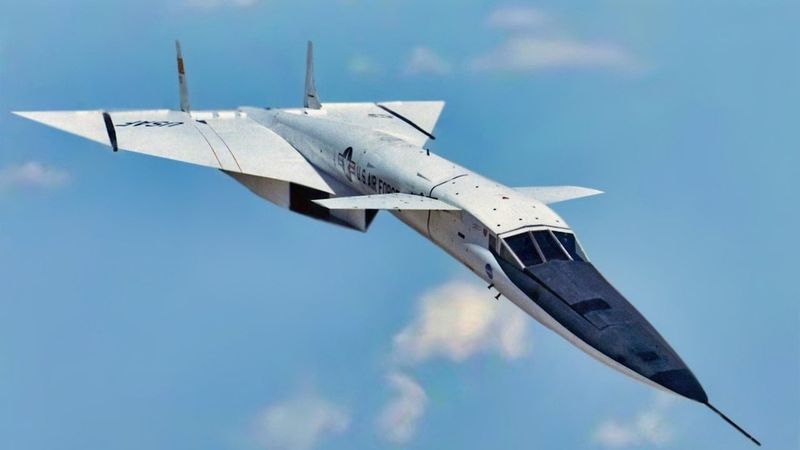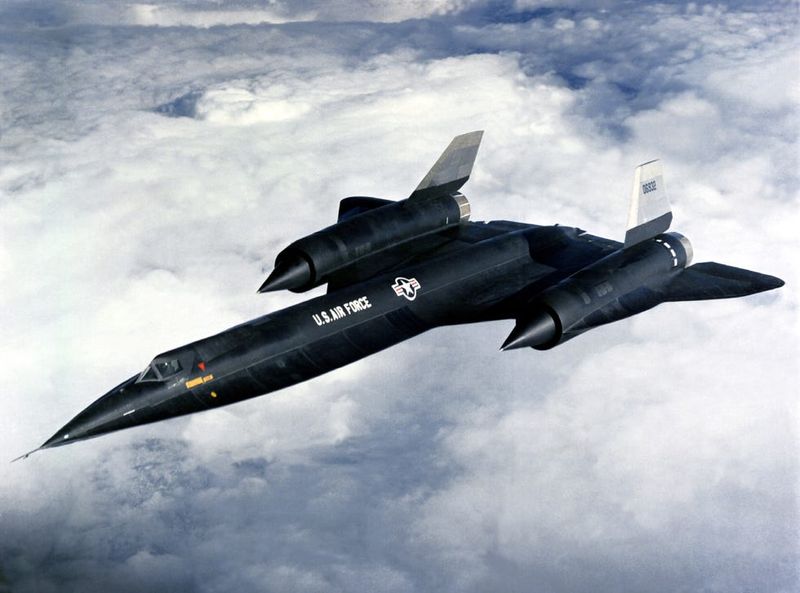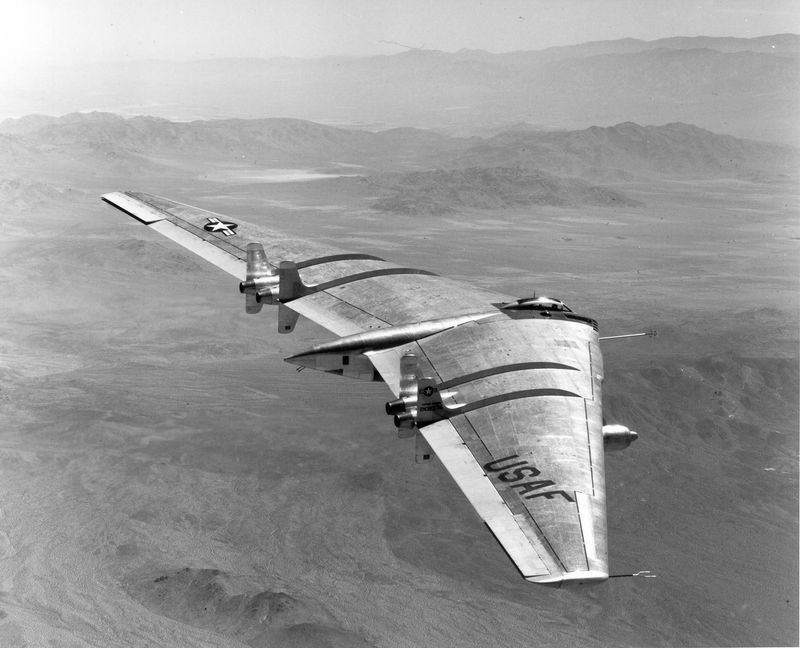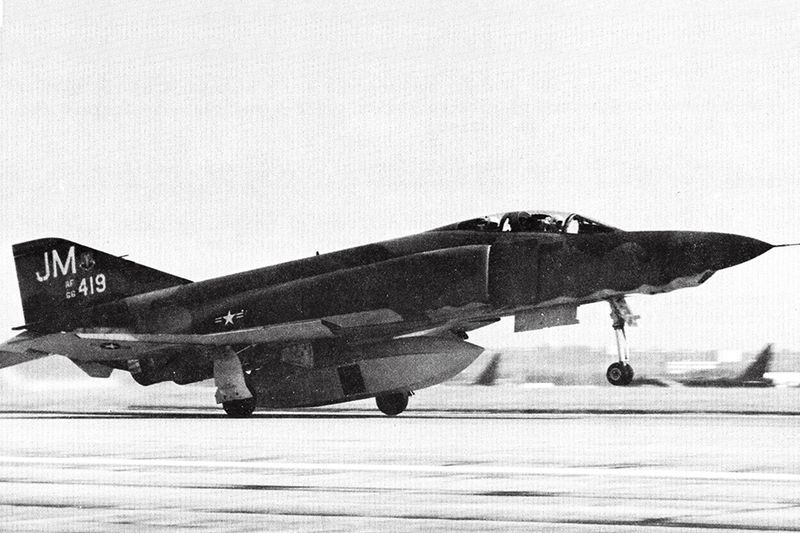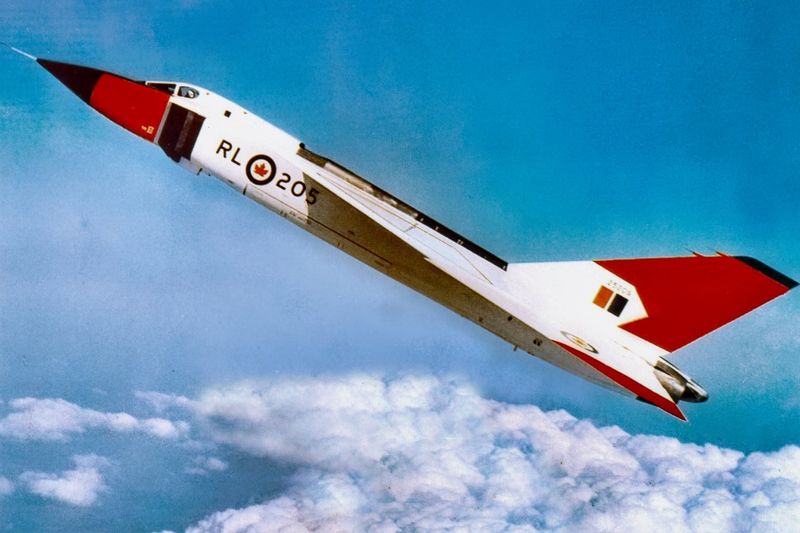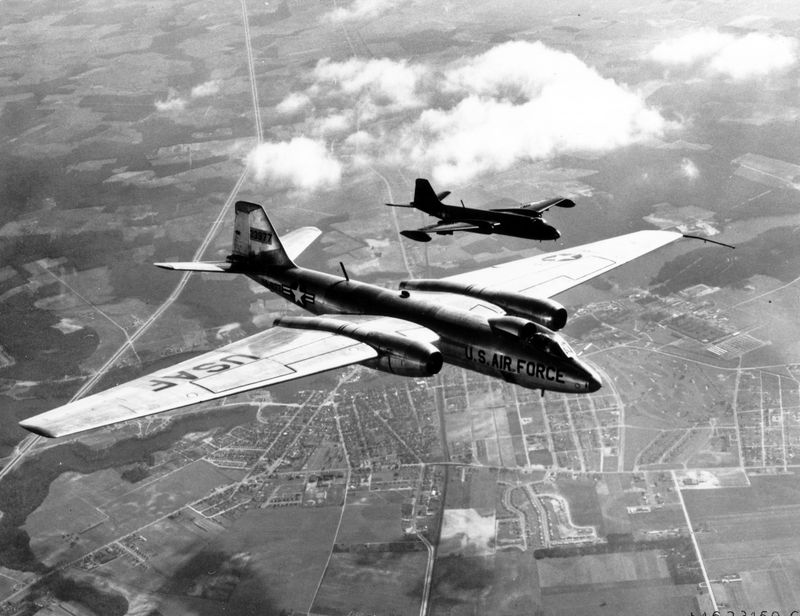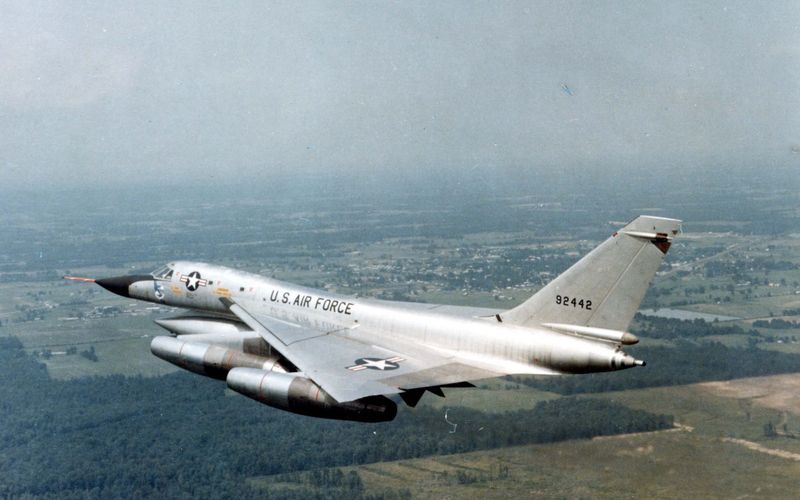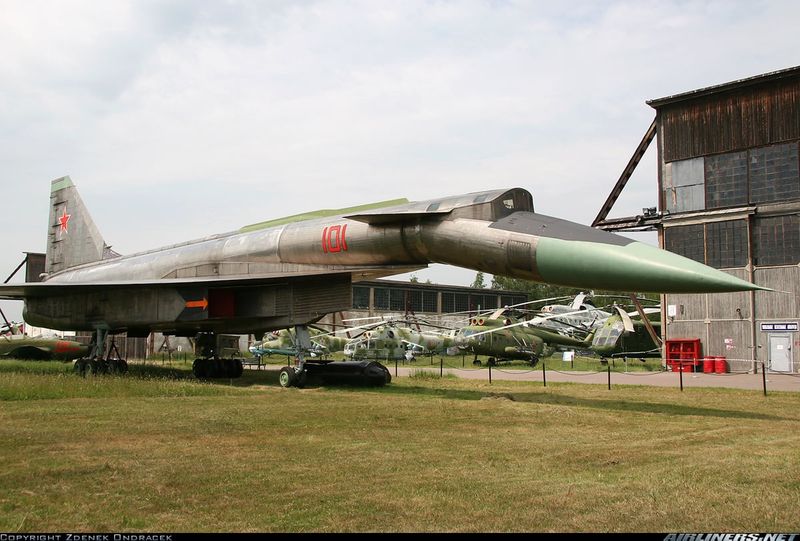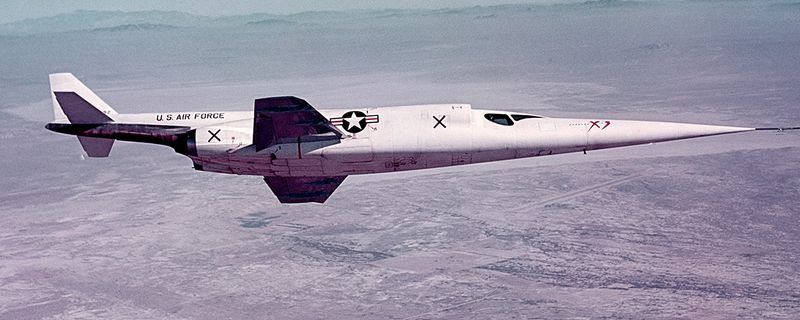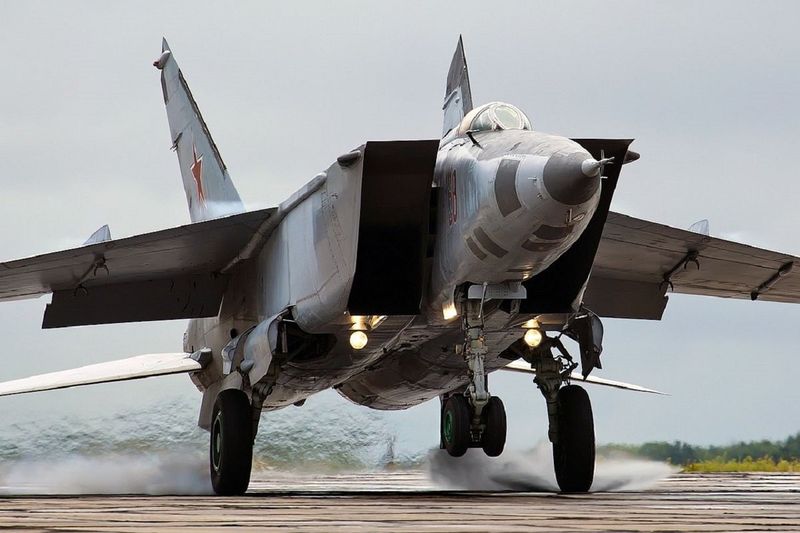The Cold War era was marked by a fierce technological arms race, leading to the creation of some of the most ambitious aircraft designs. Many of these superplanes, although promising groundbreaking capabilities, never made it past the prototype stage due to political, financial, or technological challenges. This article delves into 10 compelling examples of such aircraft, each possessing unique characteristics that set them apart, yet ultimately led to their untimely demise.
1. XB-70 Valkyrie
The XB-70 Valkyrie stood as a marvel of aviation engineering, with its six engines and delta-wing design. Capable of cruising at Mach 3, it was intended to fly above 70,000 feet, outrunning any enemy defenses. Despite its impressive capabilities, advances in Soviet missile technology rendered it obsolete before deployment. Only two prototypes were built, and one tragically met its end in a mid-air collision. This aircraft represents a bold vision that was ultimately grounded by the changing tides of military strategy.
2. YF-12
The YF-12 was a high-speed interceptor, sharing its lineage with the SR-71 Blackbird. Capable of exceeding Mach 3, it was a technological marvel far ahead of its time. Despite its promise, it was canceled in favor of other programs and buried under layers of secrecy for decades. Its design and performance left a lasting legacy in the world of aviation, influencing subsequent generations of aircraft and sparking the imagination of pilots and engineers alike. Its brief existence highlights the ever-evolving nature of military priorities.
3. Northrop YB-49 Flying Wing
The Northrop YB-49 Flying Wing was unlike any other aircraft of its time, boasting a radical design without a fuselage or tail. This jet-powered flying wing inspired later designs, such as the B-2 Spirit. Although aerodynamically advanced, it faced stability issues and was considered too unconventional for its era. The YB-49’s story is one of innovation and imagination, representing a bold step towards the future of aviation. However, its challenges in practicality ultimately led to its grounding, leaving behind a legacy of what might have been.
4. F-4X Super Phantom
Imagine a fighter jet capable of reaching Mach 3, pushing the boundaries of speed and technology. The F-4X Super Phantom, a turbocharged variant of the F-4 Phantom II, was designed for such feats. Equipped with a massive liquid nitrogen injection system, this aircraft promised incredible reconnaissance potential. However, despite its impressive specs, it never saw active service. Political and budget concerns clipped its wings, leaving it as one of the fastest manned aircraft that never flew combat missions. Its story remains a testament to the ambitious dreams of Cold War aviation.
5. Avro Canada CF-105 Arrow
The Avro Canada CF-105 Arrow was Canada’s ambitious foray into supersonic interceptor technology. This aircraft, while outperforming its U.S. and Soviet counterparts, faced a mysterious cancellation in 1959. All prototypes were destroyed, fueling conspiracy theories that continue to spark debate. The Arrow’s story is a poignant chapter in Canadian aviation history, marked by exceptional design and untapped potential. Its sudden demise remains a subject of fascination and mystery, symbolizing the delicate balance between innovation and politics in the aviation world.
6. Lockheed X-16
The Lockheed X-16 was destined for high-altitude reconnaissance, yet never progressed beyond the prototype stage. Its lightweight structure and enormous wingspan were notable, influencing the eventual design of the U-2 spy plane. Despite its cancellation, the X-16’s design principles left an indelible mark on future reconnaissance aircraft. Its silent glide above the clouds represented a new frontier in aerial espionage, though budget constraints and strategic shifts ultimately sealed its fate. The X-16 remains a symbol of innovative ideas that paved the way for subsequent technological advances.
7. Convair B-58 Hustler (Canceled Successor Variants)
While the Convair B-58 Hustler did see service, its proposed successor variants like the B-58B and B-58C promised even greater capabilities. These variants were envisioned to possess extended range and enhanced weapons capacity. Despite their potential, they were canceled due to cost concerns and a strategic pivot towards intercontinental ballistic missiles and stealth technology. The B-58’s successors remain a monument to unfulfilled dreams, highlighting the shifting priorities of military aviation during a time of rapid technological change.
8. Sukhoi T-4 (Soviet “Concordski Bomber”)
The Soviet Sukhoi T-4, often dubbed the “Concordski Bomber,” was a striking attempt to rival the XB-70. With its sleek design and advanced titanium construction, it was built for reconnaissance and bombing at Mach 3 speeds. Despite its promise, only one prototype flew, as economic and political challenges halted further development. The T-4 stands as a testament to Soviet engineering ambition, representing a grand vision curtailed by the harsh realities of the Cold War. Its short-lived journey echoes the era’s complex interplay between innovation and geopolitics.
9. Douglas X-3 Stiletto
The Douglas X-3 Stiletto was a striking aircraft with its needle-nosed design, built for supersonic research. Despite its sleek appearance, it was severely underpowered, barely breaking Mach 1. However, the data collected from its flights contributed significantly to the development of later supersonic jets. The X-3’s journey highlights the iterative process of technological advancement, where even perceived failures can yield valuable insights. Its elegant form continues to inspire, serving as a reminder of the relentless pursuit of knowledge and progress in aviation.
10. MiG-25R Foxbat-B (Experimental Variants)
The MiG-25R Foxbat-B, though part of the successful MiG-25 line, included experimental versions that explored uncharted territories in reconnaissance. Equipped with specialized cameras and tanks, these variants were intended for high-altitude missions. However, they vanished from development due to budgetary constraints and redundancy with emerging satellite technology. The story of the MiG-25R’s experimental paths underscores the delicate balance between innovation and practicality, reflecting the challenging dynamics of Cold War-era military strategy and technological advancement.
